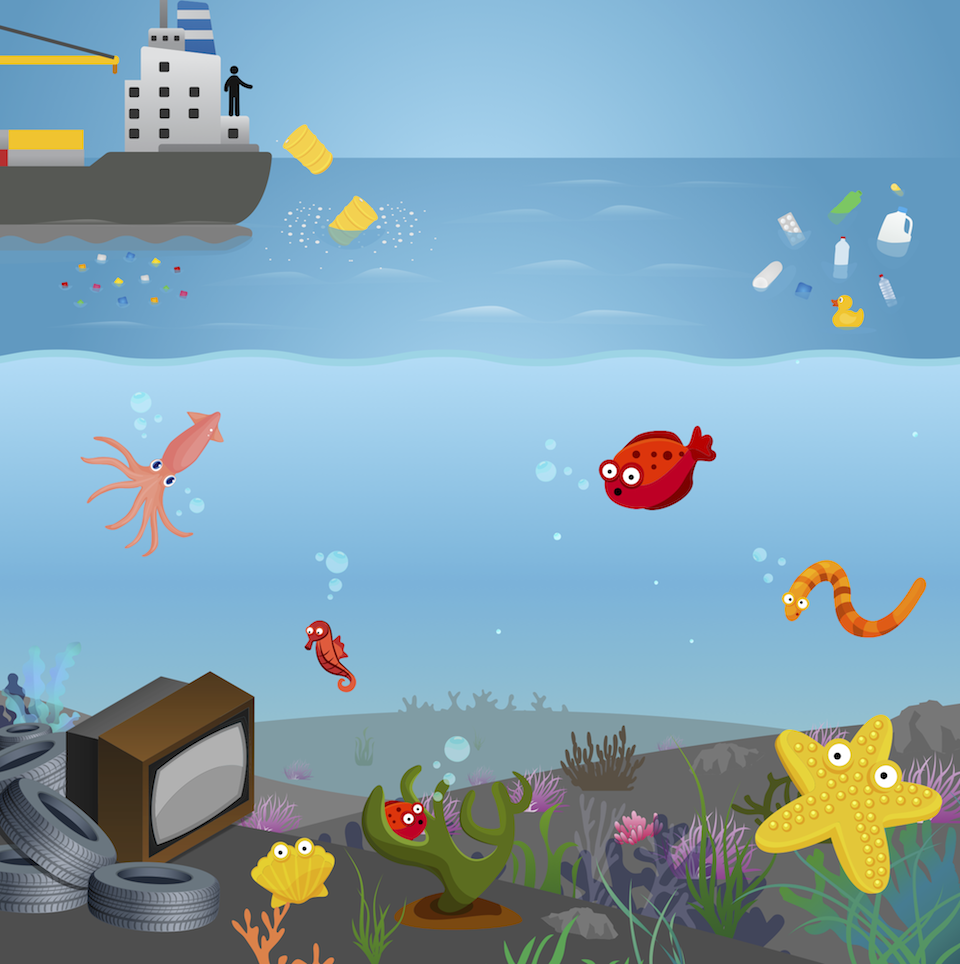
Millions of tonnes of plastics pollute our oceans, impacting the creatures that live in or depend on the ocean – and that includes humans.
The internet is scattered with websites that touch on different areas of the plastic story but now, oceanographer Dr Erik van Sebille and his colleagues have collected all that information into one easy-to-understand website, plastinography.org. Designed for early high school students, the site is an information storehouse and a mythbusting website for all things plastic in the ocean.
"When I talked to people about plastics in our oceans, I soon realised there was a lot of misinformation on the internet. There are no plastic islands, for instance," Erik said.
“My aim with this website was to set out to collate all scientifically credible information and create a one-stop resource for those who want to know more."
The website spans six connected pages, with each screen revealing more about the story of how plastic gets into the oceans and what it does when it gets there.
It takes approximately 30 minutes to proceed through the tasks, videos and links on each page. This can be done in a classroom setting or individually at home.
Through the website students will:
- Learn about the sources of plastic in the ocean.
- Find out how plastic affects marine life.
- Learn about how it accumulates in the oceans infamous garbage patches and
- Be shown some ways to help solve the plastic problem.
Erik also created teachers notes, including a quiz, to help schools build lessons around the website. You can access these teaching tools by contacting him at e.vansebille@unsw.edu.au
Plastinography.org was created by Dr Erik van Sebille of the Climate Change Research Centre at UNSW Australia and his two summer students, Chloe Vandervord and Jennifer Halstead.
Erik previously created adrift.org.au where, simply by clicking on a map, anyone can follow the pathways of plastics through our oceans.
